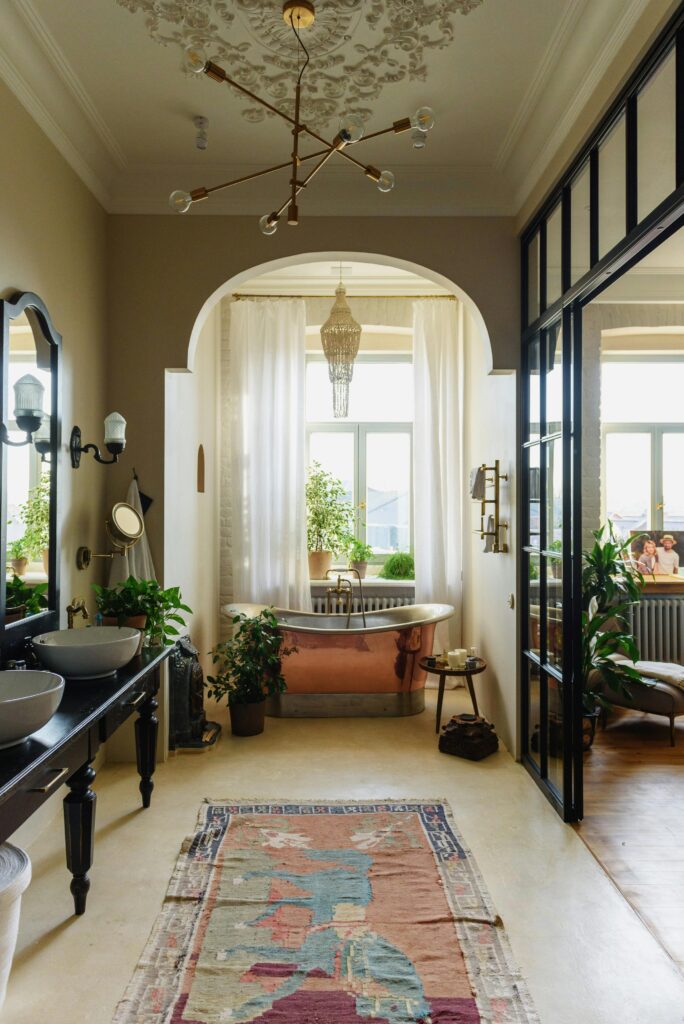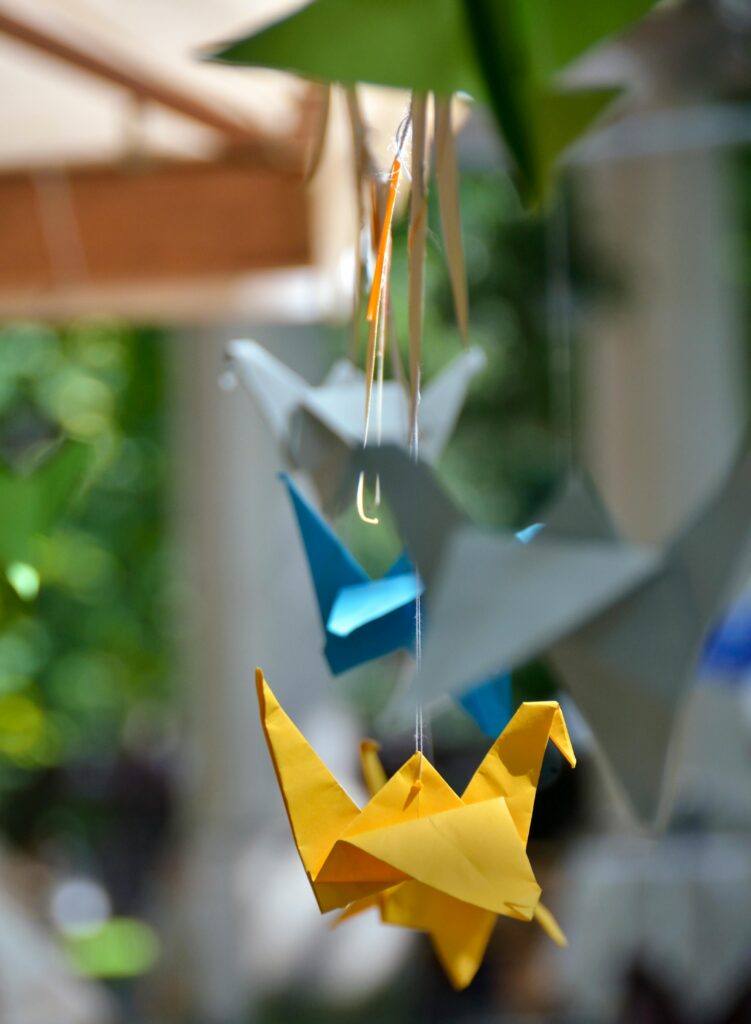Last updated on March 31st, 2024 at 10:29 am

Incorporating the serene and minimalist elements of Japanese aesthetics into your home can create a tranquil and harmonious space that promotes relaxation and peace of mind. Japanese design principles, such as the philosophy of Wabi-Sabi, minimalism, and a deep connection to nature, offer valuable insights for creating a calm and balanced environment.
Understanding the Essence of Japanese Aesthetics
Before delving into the essential components of Japanese-inspired spaces, it’s crucial to grasp the foundational philosophy behind them, much like understanding the process of guide to write an article review with examples. Japanese aesthetics embrace imperfections and find beauty in simplicity, asymmetry, and the passage of time.
Japanese design principles are deeply rooted in the concept of mindfulness and appreciation for the present moment. By incorporating elements of Japanese aesthetics into your living space, you are not just decorating but also embracing a way of life that encourages mindfulness and gratitude for the beauty found in simplicity.
The Philosophy of Wabi-Sabi
The concept of Wabi-Sabi celebrates the beauty of imperfection and impermanence. It teaches us to appreciate the simplicity and modesty of things that are weathered and aged. Embracing Wabi-Sabi in your space means cherishing the beauty of natural materials and accepting the inevitable flaws that come with time.
In Japanese culture, Wabi-Sabi is not just a design principle but a way of living that values authenticity and finding beauty in the ordinary. By incorporating Wabi-Sabi into your home, you are honoring the passage of time and embracing the unique character that comes with age and imperfection.
The Importance of Minimalism
Minimalism is a key element of Japanese design, focusing on creating clean, uncluttered spaces that allow for mindful living. Simplifying your surroundings promotes mental clarity and fosters a sense of tranquility. Emphasize quality over quantity and carefully curate your belongings to eliminate excess and stimulate a sense of serenity.
By adopting a minimalist approach to design, you are not only creating a visually appealing space but also cultivating a sense of calm and balance in your environment. Minimalism encourages you to focus on what truly matters and let go of distractions, allowing you to appreciate the beauty of simplicity in all aspects of your life.
The Role of Nature in Japanese Design
Nature holds great significance in Japanese design. It is considered a source of inspiration and a way to connect with the natural world. Integrating elements of nature into your space can be as simple as incorporating natural materials and using earthy tones. This connection to nature helps create a tranquil environment that instills a sense of calmness and serenity.
In Japanese culture, nature is revered for its ability to bring balance and harmony to one’s surroundings. By incorporating natural elements such as wood, stone, and plants into your space, you are not only bringing a piece of the outdoors inside but also creating a peaceful sanctuary that reflects the beauty and serenity of the natural world.
3 Key Elements of Japanese-Inspired Spaces
When designing a tranquil space inspired by Japanese aesthetics, certain elements are crucial in capturing the essence of Japanese design principles.
The Use of Natural Materials
Japanese design often relies on natural materials such as wood, stone, and bamboo. Incorporating these elements into your space can bring a sense of warmth and authenticity. Opt for furniture and decor made from these materials to provide a grounding and organic feel.
The Significance of Light and Shadows
In Japanese design, the interplay between light and shadows is essential. Introduce soft, diffused lighting to create a soothing atmosphere that mimics natural daylight. The use of shoji screens or paper lanterns can help filter the light, casting gentle shadows and adding an ethereal quality to your space.

The Concept of Ma (Space)
Ma, the notion of space, plays a significant role in Japanese design. It revolves around the idea of creating balance and allowing for a sense of openness. Incorporate negative space in your design to give breathing room to each element and create a harmonious flow throughout your space.
3 Main Steps to Designing Your Tranquil Space
Now that you understand the key elements of Japanese aesthetics, it’s time to put that knowledge into action and begin designing your own peaceful sanctuary.
Choosing the Right Color Palette
Avoid bold and vibrant colors and instead opt for a neutral color palette inspired by nature. Soft earth tones, such as warm greys, muted greens, and pale blues, can create a serene and calming atmosphere.
Selecting Appropriate Furniture and Decor
Keep furniture simple and functional, focusing on clean lines and minimalist designs. Strive for a clutter-free environment by opting for pieces that serve a purpose while contributing to the overall aesthetics of the space.
Incorporating Nature into Your Space
From incorporating indoor plants to displaying natural materials and textures, finding ways to bring nature into your space is essential. Enhance the tranquility by adding elements such as a small indoor garden or a bonsai tree, fostering a deeper connection to the natural world.
Maintaining Harmony in Your Japanese-Inspired Space
Creating a tranquil space goes beyond the physical aspect; it also involves embracing the Japanese culture and its rituals that promote harmony and mindfulness.
The Art of Kintsugi and Embracing Imperfections
Kintsugi is a Japanese art form that involves repairing broken pottery with gold or silver lacquer. Rather than disguising the damage, Kintsugi highlights and celebrates the history of the object. Embrace imperfections in your space, whether through visible repairs or by honoring handmade and imperfect items.
The Practice of Ikebana (Flower Arrangement)
Ikebana is the traditional Japanese art of flower arrangement, emphasizing asymmetry and simplicity. Incorporate Ikebana into your space by carefully selecting and arranging flowers, creating a focal point that brings beauty and tranquility to your surroundings.
The Ritual of Tea Ceremony and Its Influence on Space Design
The Japanese tea ceremony, known as Chanoyu, is deeply rooted in Zen Buddhism and focuses on mindfulness and the appreciation of simplicity. Incorporate elements inspired by the tea ceremony, such as a designated tea corner or a peaceful seating area where you can engage in contemplative activities.
Last Words
By understanding the essence of Japanese aesthetics and incorporating key elements into your space, you can design a tranquil sanctuary inspired by the timeless beauty and harmony of Japanese design principles. Embrace simplicity, celebrate imperfections, and create a space that promotes mindfulness, serenity, and peace of mind.






